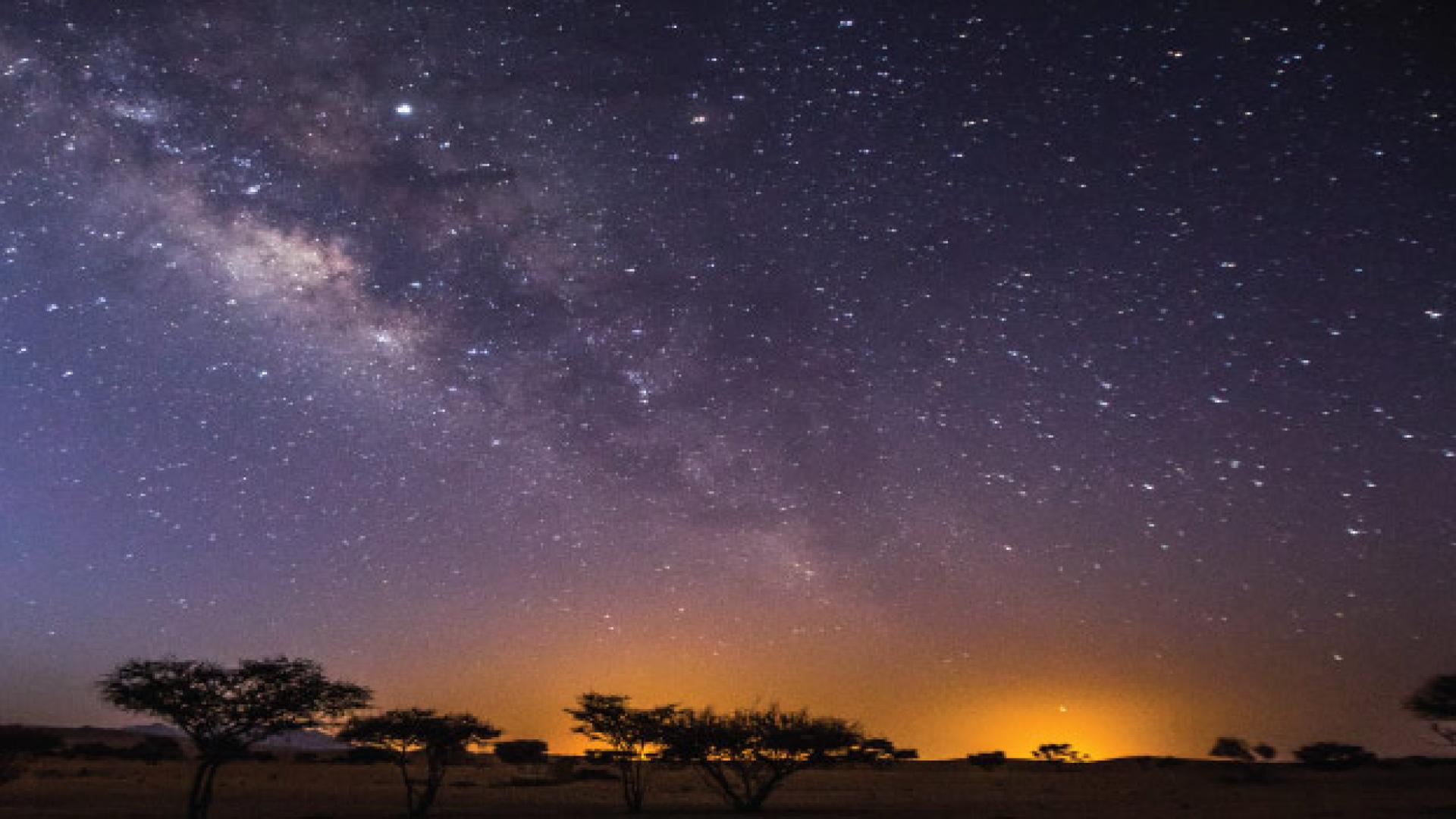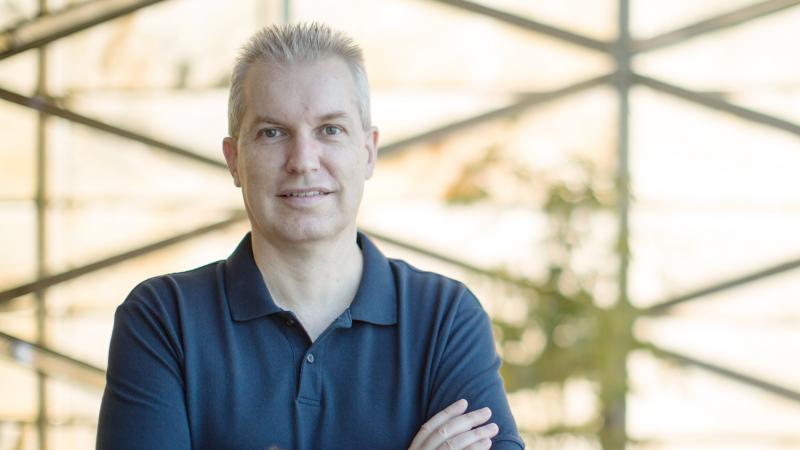© 2021 Morgan Bennett Smith
Not all stars shine brightly all the time. Some have a brightness that changes rhythmically due to cyclical phenomena like passing planets or the tug of other stars. Others show a slow change in this periodicity over time that can be difficult to discern or capture mathematically. KAUST's Soumya Das and Marc Genton have now developed a method to bring this evolving periodicity within the framework of mathematically “cyclostationary” processes.
“It can be difficult to explain the variations of the brightness of variable stars unless they follow a regular pattern over time,” says Das. “In this study we created methods that can explain the evolution of the brightness of a variable star, even if it departs from strict periodicity or constant amplitude.”
Classic cyclostationary processes have an easily definable variation over time, like the sweep of a lighthouse beam or the annual variation in solar irradiance at a given location. Here, “stationary” refers to the constant nature of the periodicity over time and describes highly predictable processes like a rotating shaft or a lighthouse beam. However, when the period or amplitude changes slowly over many cycles, the mathematics for cyclostationary processes fails.

“We call such a process an evolving period and amplitude cyclostationary, or EPACS, process,” says Das. “Since EPACS processes are more flexible than cyclostationary processes, they can be used to model a wide variety of real-life scenarios.”
Read the full article


